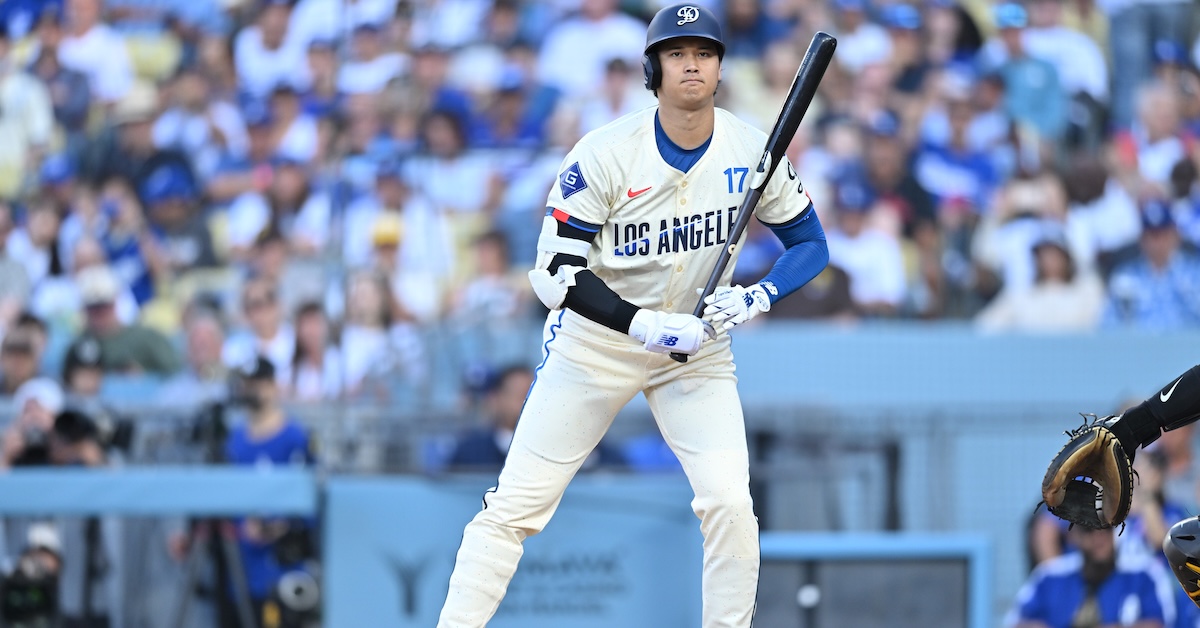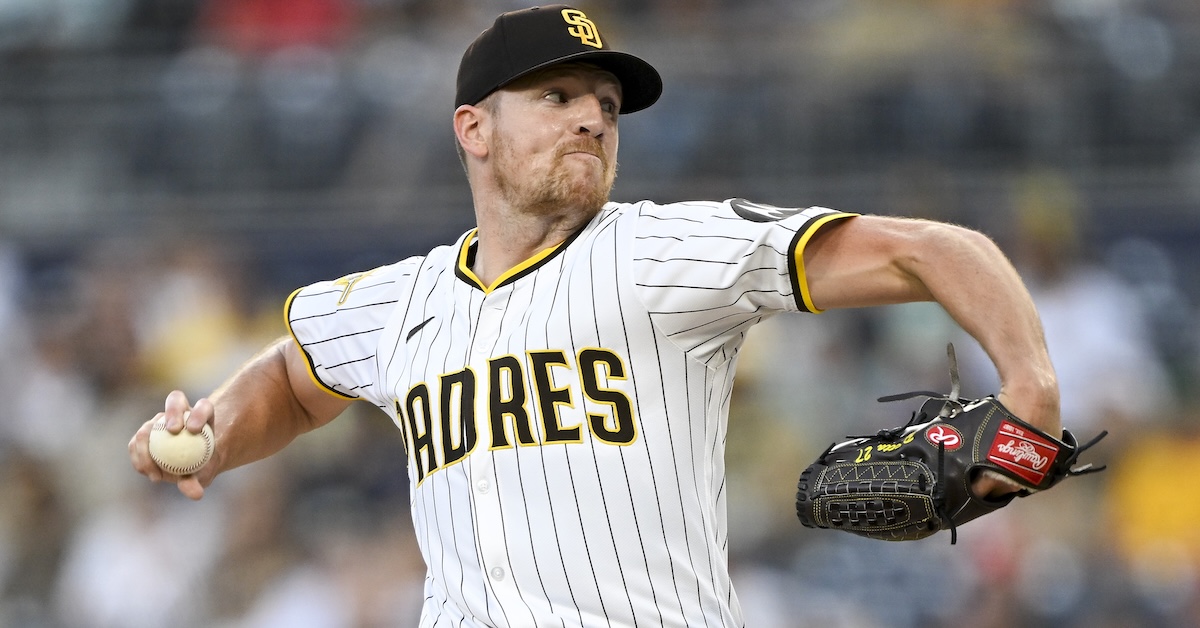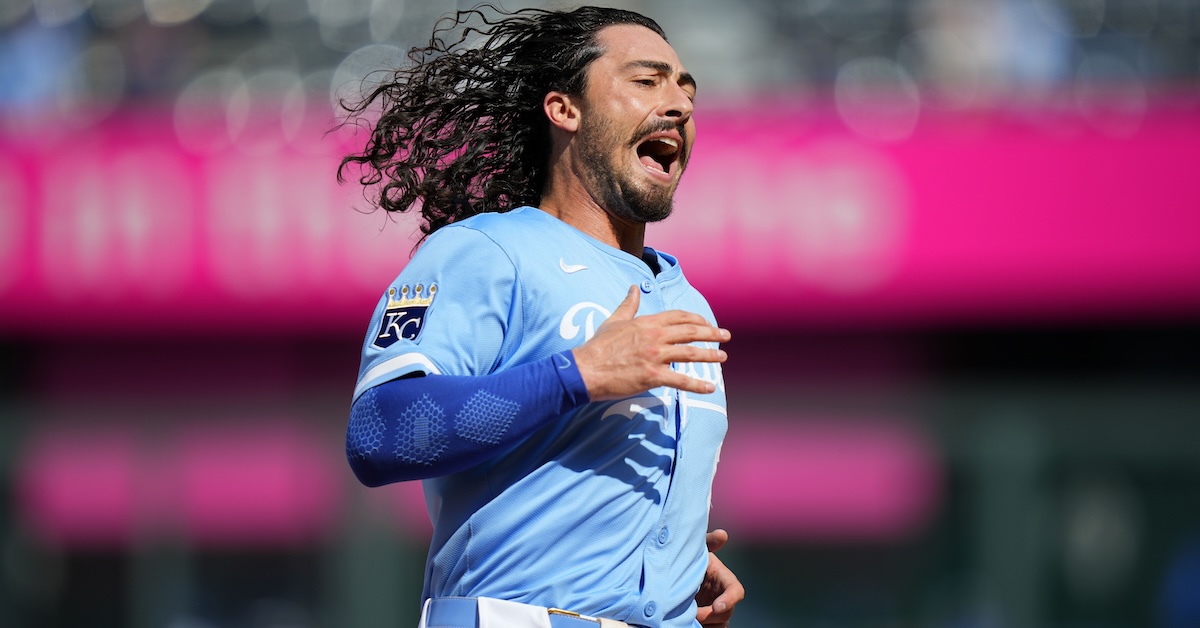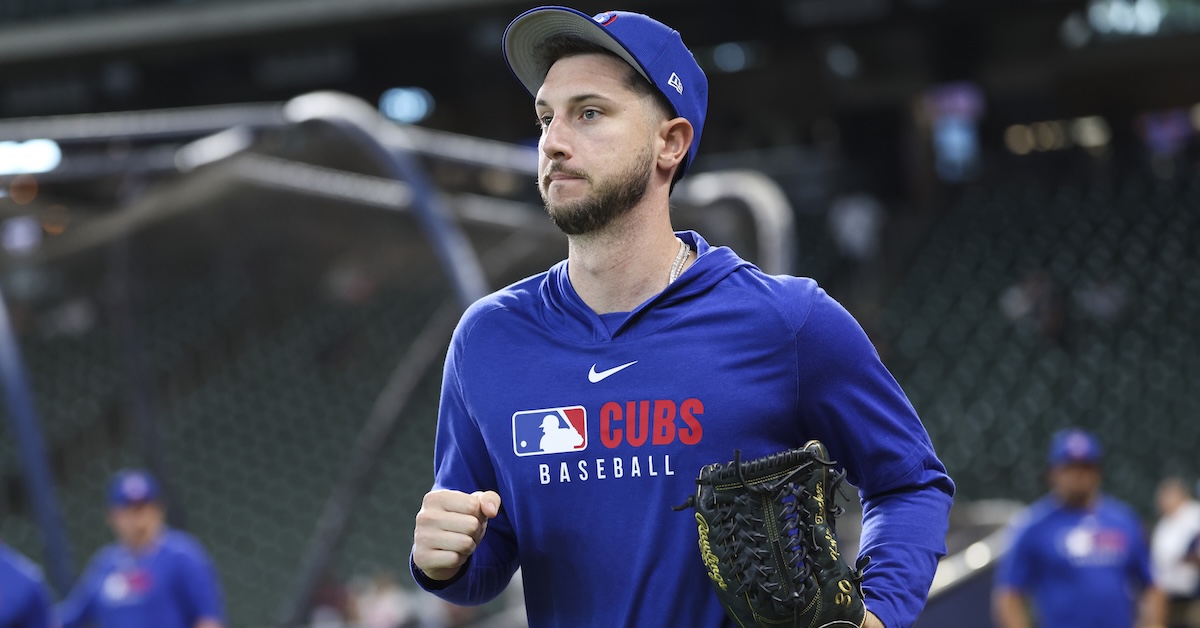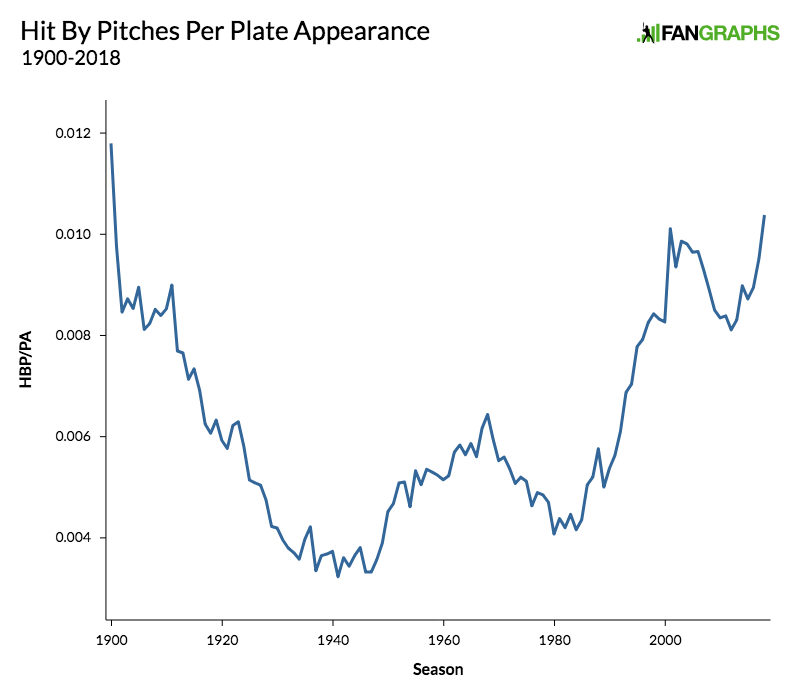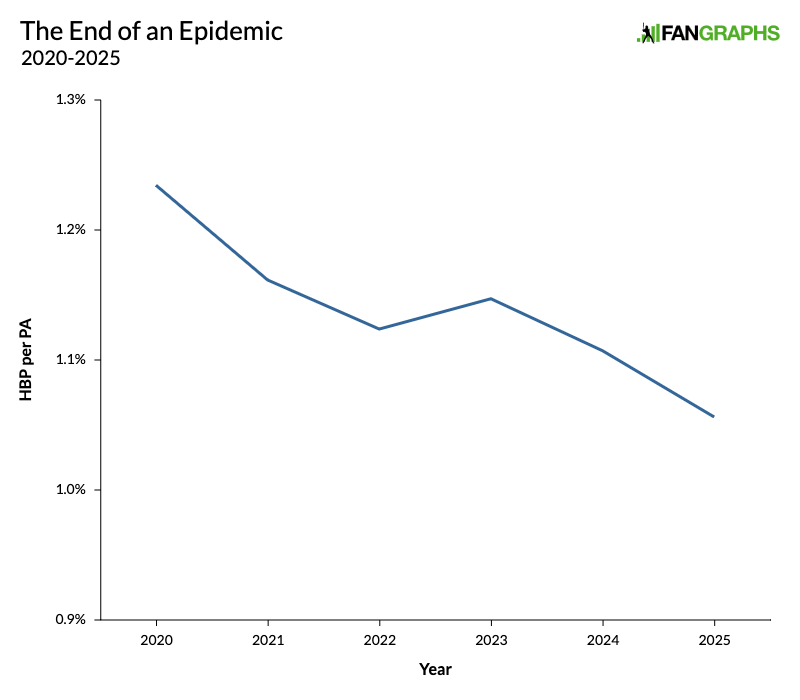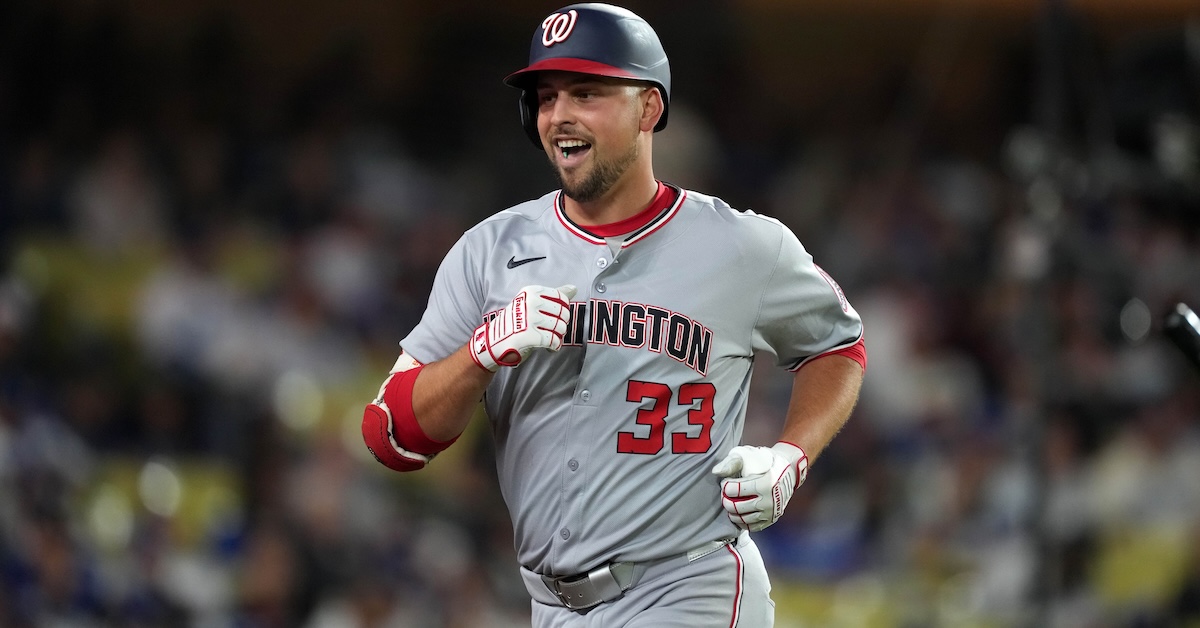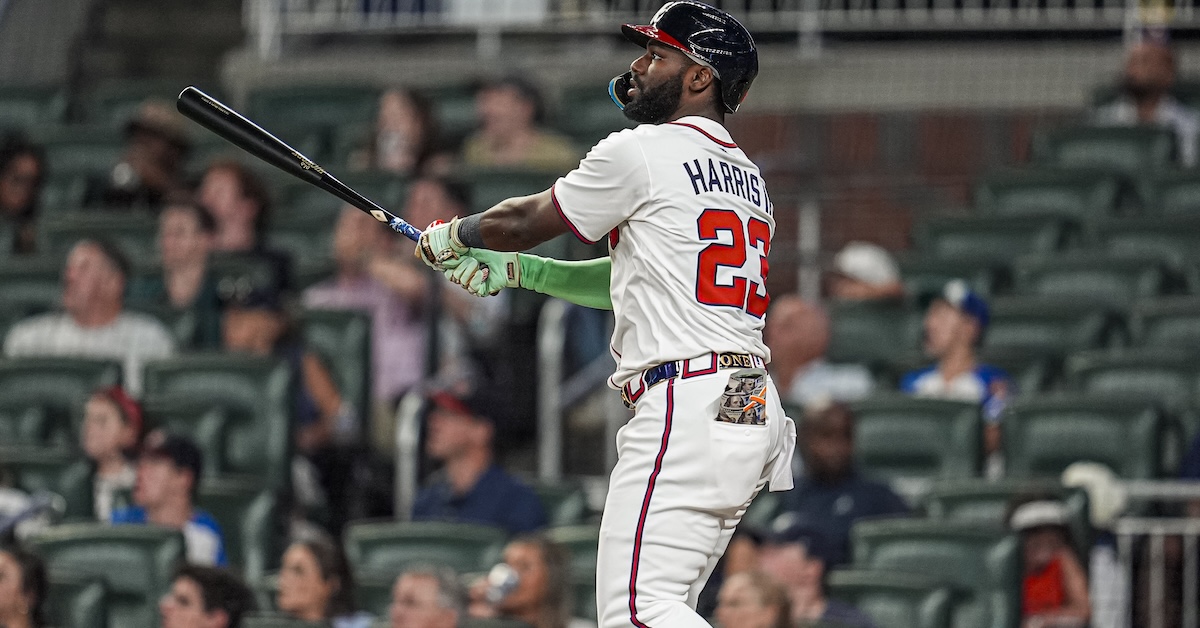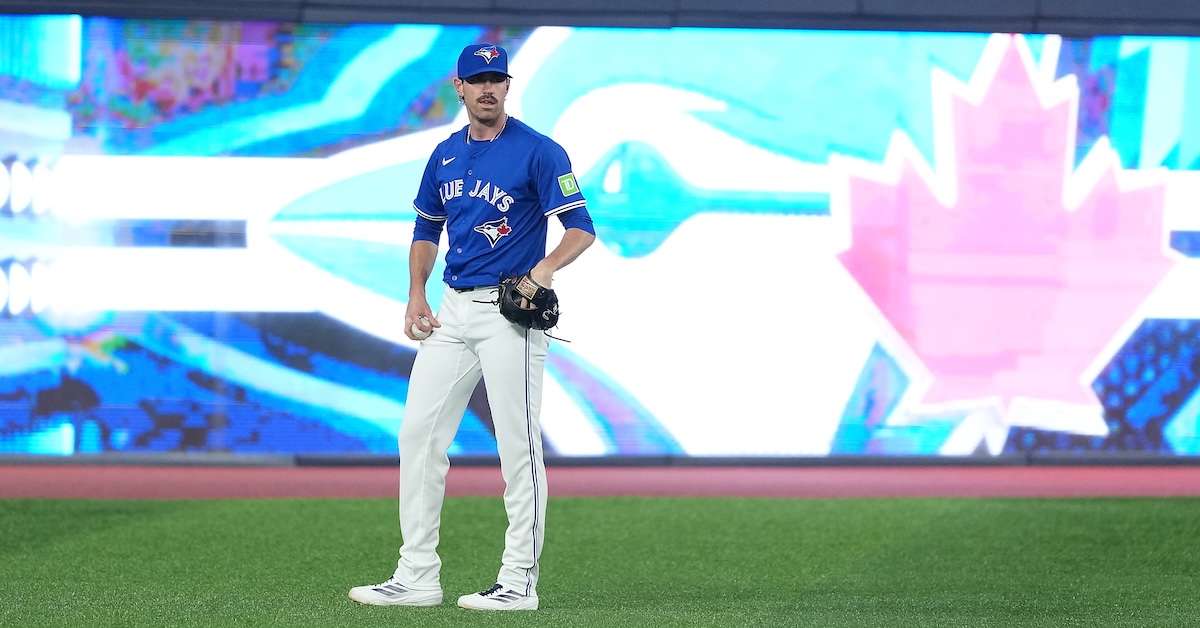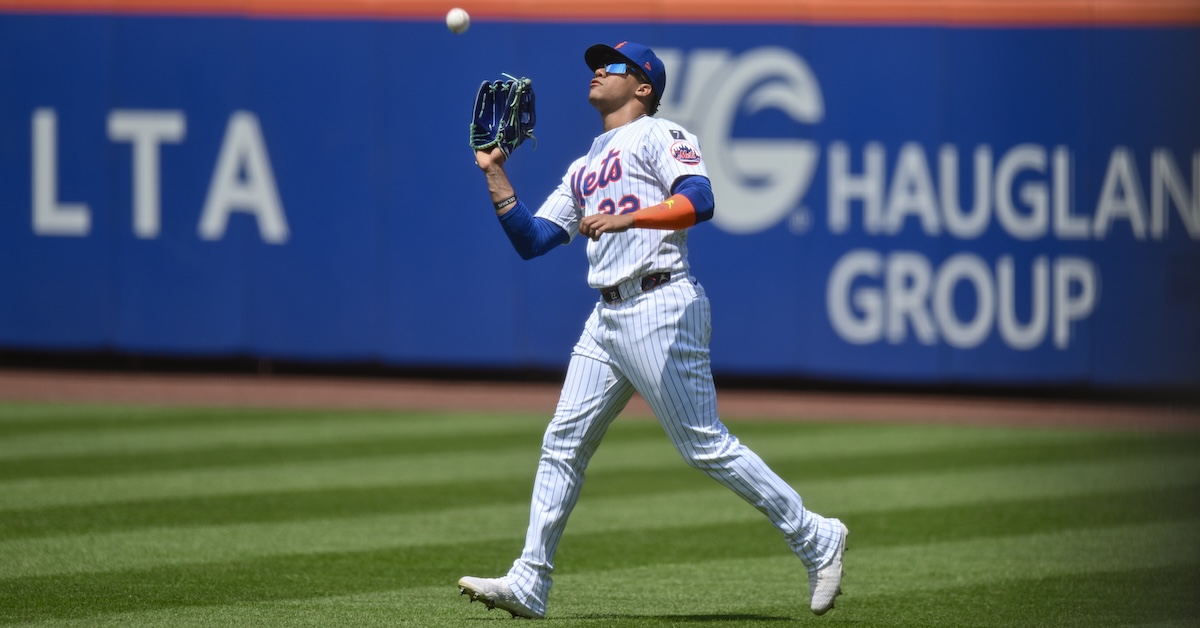Driveline Trained, Janson Junk Is Pounding the Strike Zone in Miami
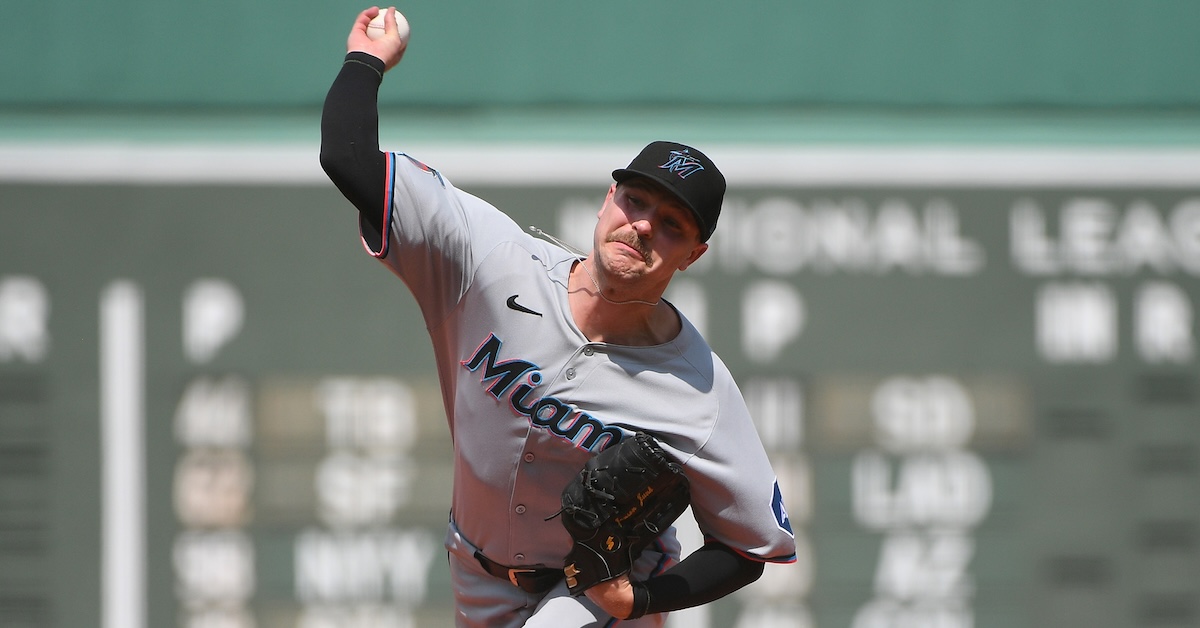
Janson Junk is making the most of his opportunity in Miami. Inked to a minor league contract by the Marlins in February, the 29-year-old right-hander joined the big league club in late May and has since gone 6-2 with a 4.04 ERA and a 3.08 FIP over 82 1/3 innings. And while his 17.5% strikeout rate is rather pedestrian, it is accompanied by a 2.7% walk rate — the lowest among major league hurlers who have tossed at least 60 frames. Indeed, pounding the zone has become Junk’s M.O.
Not bad for someone whose track record is that of a well-traveled pitcher who’d done little to impress at baseball’s highest level. Prior to being signed off the scrap heap by the Marlins, Junk had logged a 6.75 ERA over 40 innings while toeing the rubber for the Los Angeles Angels, Milwaukee Brewers, and Oakland Athletics across the 2021-2024 seasons. Before then, he spent parts of five years and four seasons (because there was no minor league baseball in 2020) in the Yankees’ system. New York selected him out of the University of Seattle (where his teammates included Tarik Skubal) in the 22nd round of the 2017 draft.
Junk entered my radar in 2021 when he was pitching with the Yankees’ Double-A affiliate, the Somerset Patriots. That summer, Junk appeared as guest, along with big league veteran Clayton Richard, in a pitching-nerd episode of FanGraphs Audio. With that conversation in mind, I made it a point to catch up with Junk when the Marlins visited Fenway Park last weekend.
I began by asking Junk a question that has led to interesting conversations with other hurlers when we’ve talked later in seasons: What is the worst pitch you’ve thrown this year? Read the rest of this entry »

